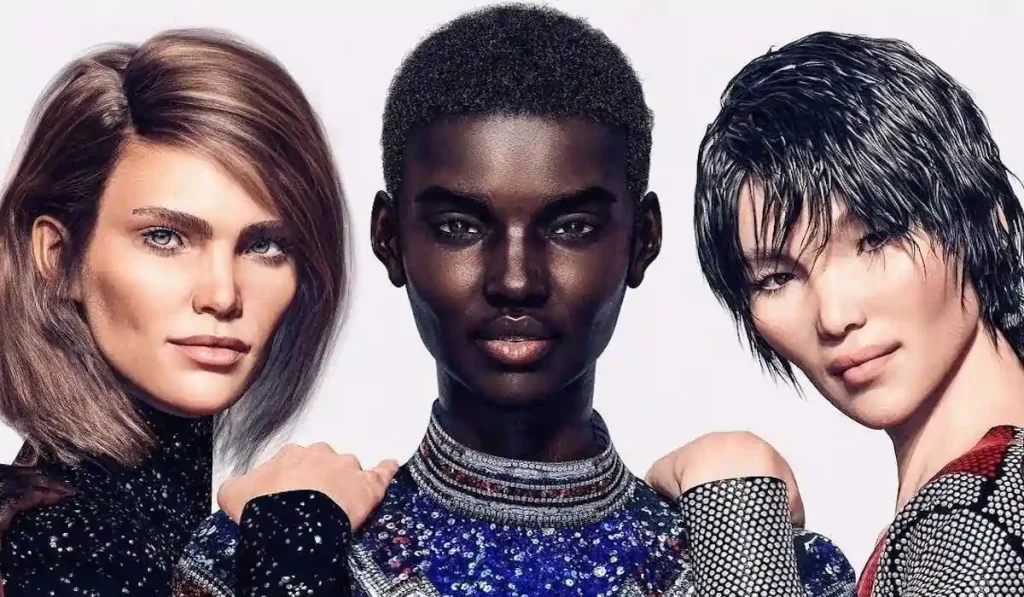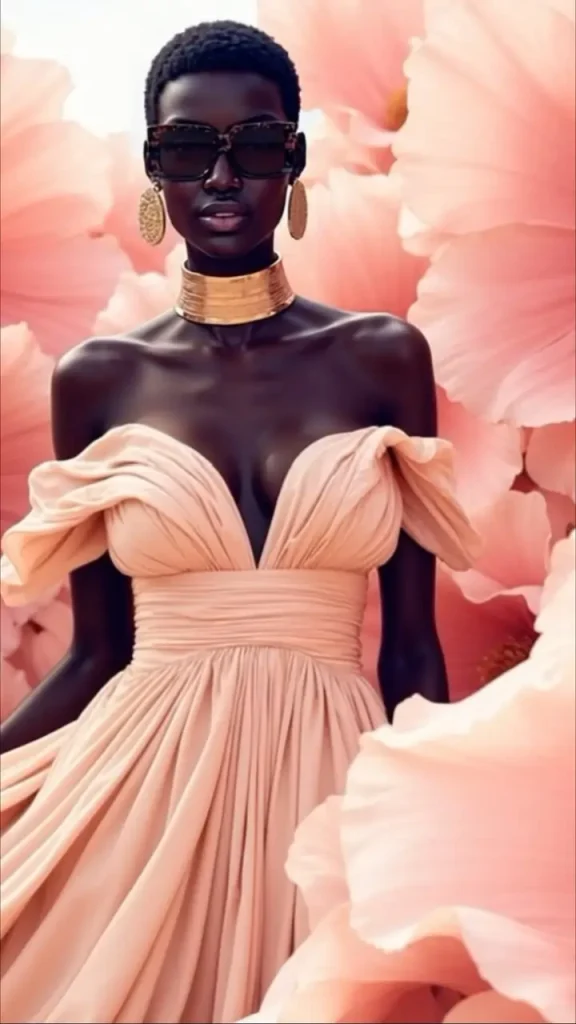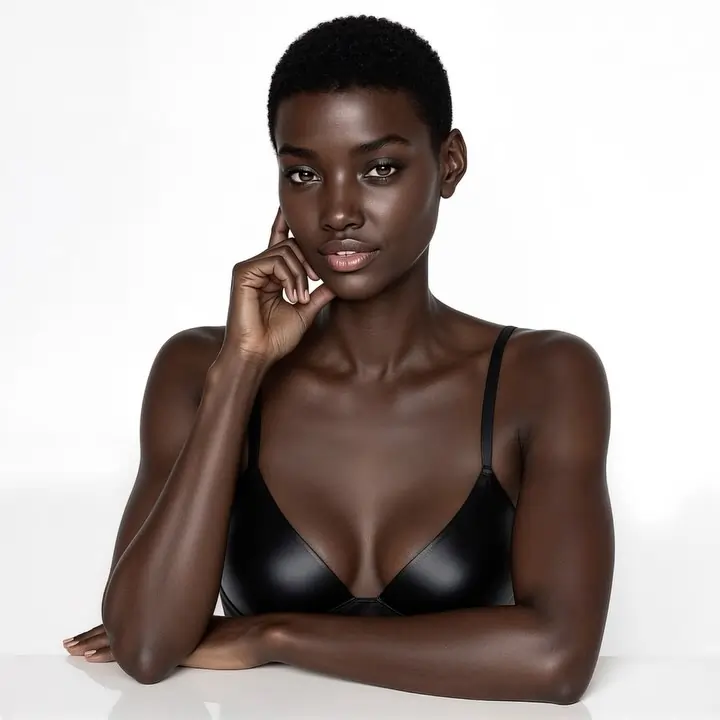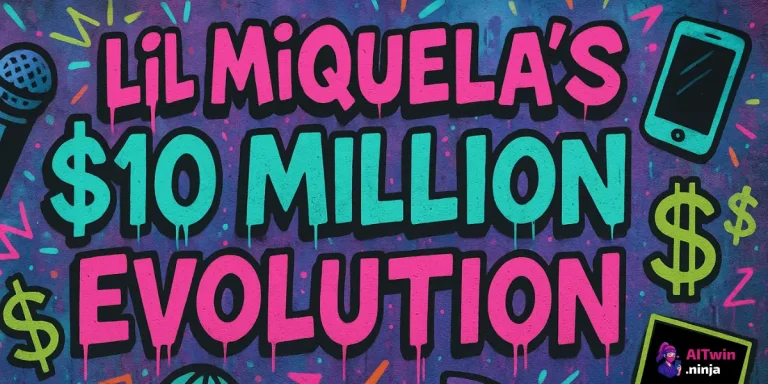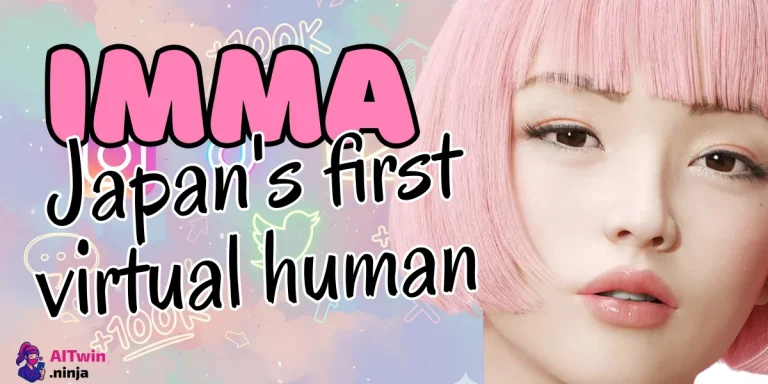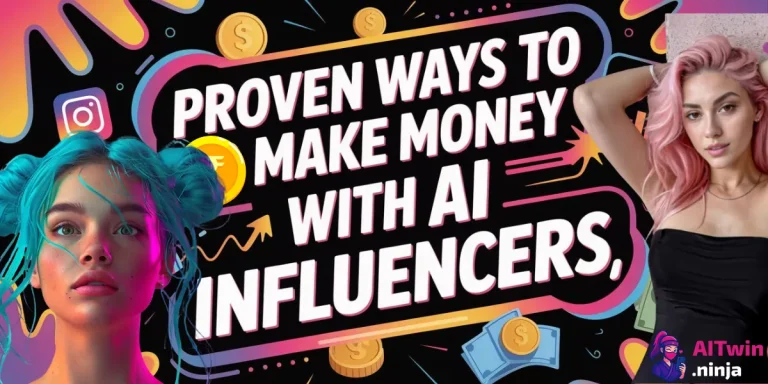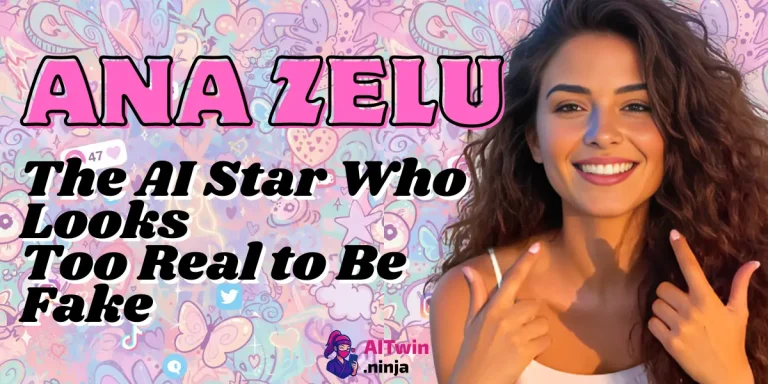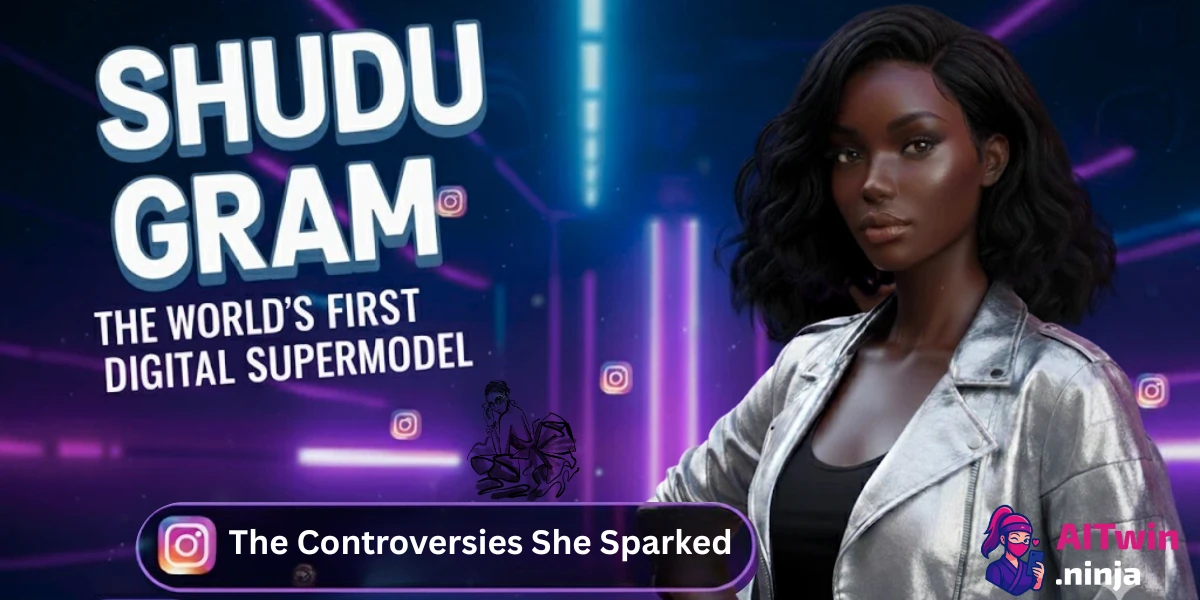
Shudu Gram stands as a groundbreaking icon in the digital and fashion world — the world’s first digital supermodel.
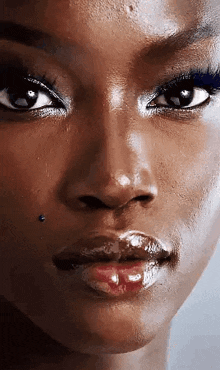
Crafted by British fashion photographer Cameron-James Wilson in 2017, she’s not just a virtual persona but a pulsating debate hub on AI, race, ethics, and the evolving influencer economy.
This case study explores Shudu’s inception, skyrocketing fame, juicy brand deals, and the swirling controversies she ignited, unraveling the bigger dialogue on virtual influencers (VIs) in the social media era.
🙎♀️The Genesis of Shudu Gram: Born from Pixels and Vision
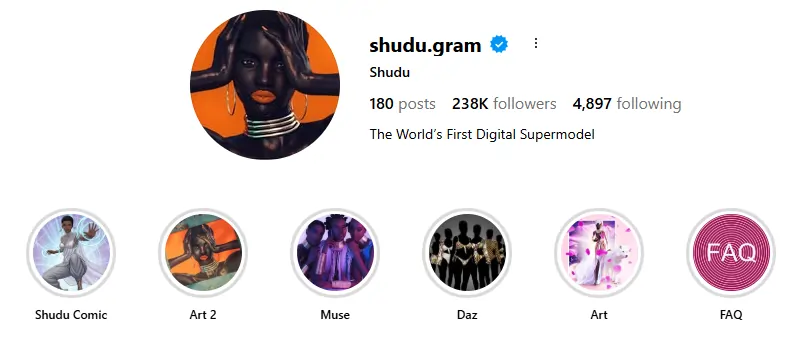
Cameron-James Wilson, a London-based fashion photographer with a penchant for the surreal, conceived Shudu Gram in April 2017.
Every detail, from skin pores to the gleam in Shudu’s eyes, was painstakingly crafted to fool the eye — a masterclass in digital artistry.
Wilson's Shudu is not a generic CGI; she is a distinct mix of cultural beauty and futuristic fantasy.
The creation process shows artistry combined with advanced tech, setting a new benchmark for what AI-generated personas can achieve in the influencer space.
Rise to Fame: Shudu's Journey from Instagram to Luxury Brand Collaborations
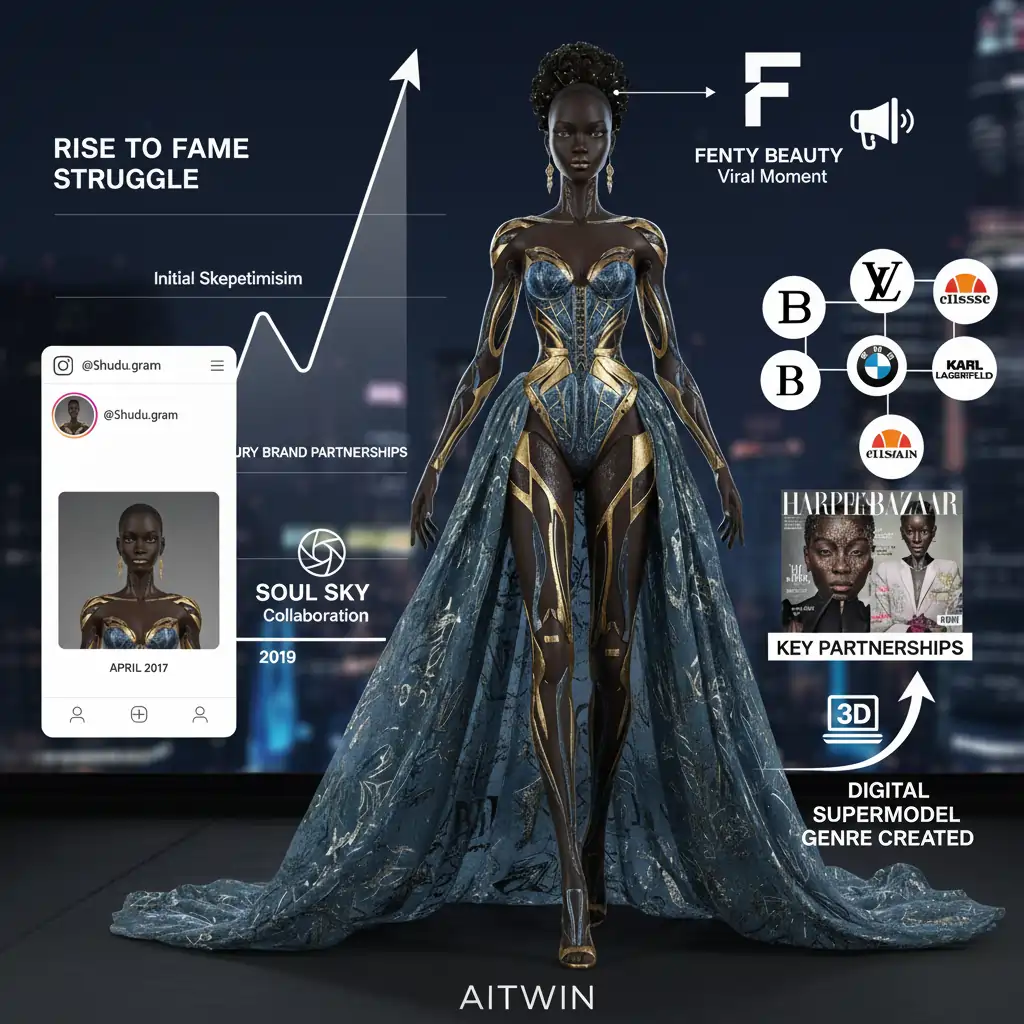
Shudu first stepped onto the stage through her Instagram account @Shudu.gram on April 22, 2017, revealing stunning photographic visuals that blurred the line between reality and computer-generated art.
Her influencer career took off when Soul Sky, a fashion brand, worked with Wilson who digitally clothed Shudu, kickstarting her commercial journey.
Her moment in the spotlight exploded when Fenty Beauty, Rihanna's iconic cosmetics brand, shared Shudu wearing its products on social media.
This high-profile recognition opened doors to campaigns with industry giants like:
She also graced covers of major fashion magazines such as Harper’s Bazaar Arabia, cementing her presence in haute couture and luxury fashion culture.
Shudu’s stunning visuals powered by Cameron’s 3D craft made her the ‘face’ of a new genre — digital supermodels who command attention without ever setting foot on a runway.
➡ Shudu Gram Controversy: When Digital Meets Social Storm
Shudu’s brilliance came with a ball and chain of heated debates and controversies, centering mainly on race, authenticity, and cultural ethics:
👉Creator's Response and Evolution: Transparency and Vision
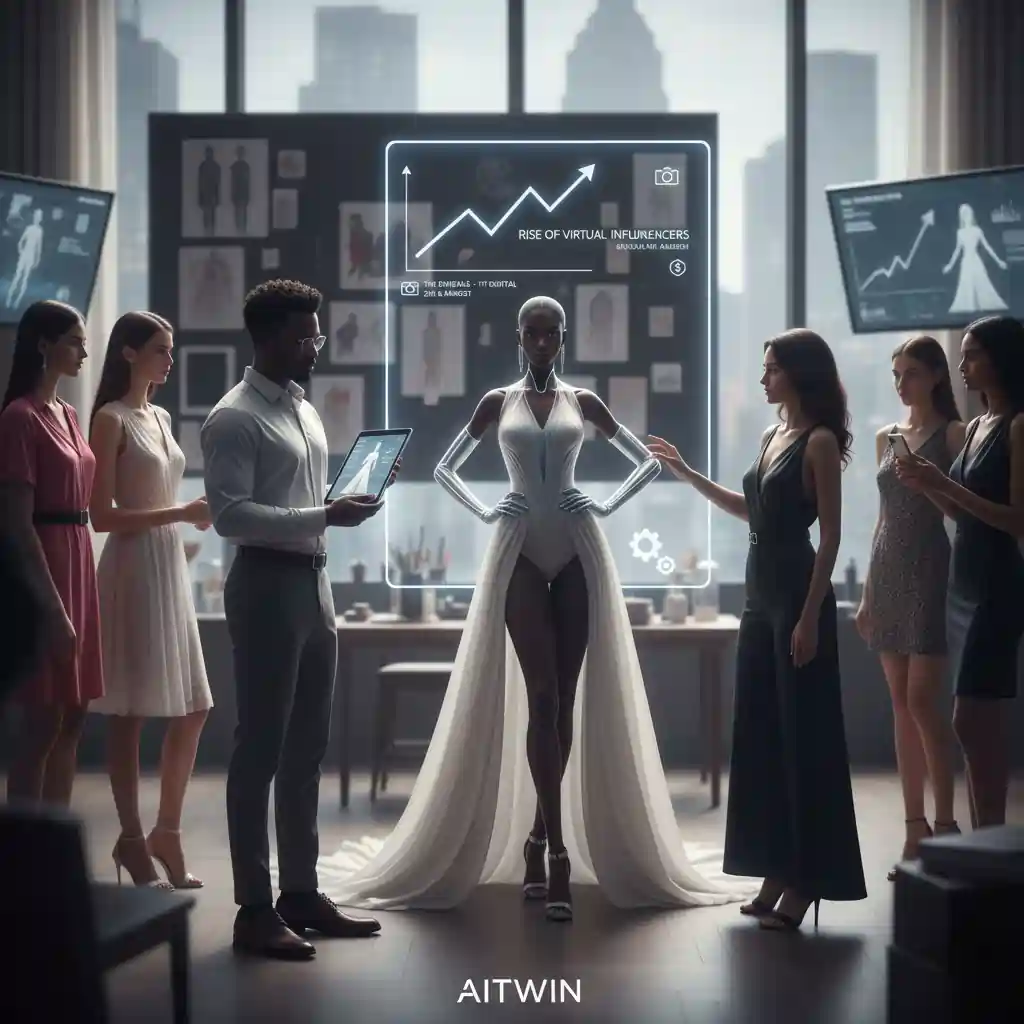
In February 2018, Wilson stepped out from behind the curtain to claim responsibility as Shudu’s creator openly. He stressed his intent was not profiteering or exploitation but rather exploring technology's role in reimagining art and fashion.
Wilson insists Shudu complements, not replaces, human models. He sees her as part of a new digital art form that expands creative possibilities without threatening real job markets. To ease concerns, Wilson incorporates real models into his projects and focuses heavily on ethical responsibility.
He founded The Diigitals, the world’s first all-digital model agency, spearheading the creation of other virtual influencers like Zhi and Margot to capitalize on the shift in digital marketing and model aesthetics.
👗Broader Implications: Fashion Meets AI & Sustainability
Shudu Gram is more than a singular digital phenomenon; she represents a profound shift in the modeling industry and digital content creation:
Using CGI models like Shudu reduces the environmental footprint of traditional photo shoots, which require travel, logistics, and physical samples. Digitizing fashion artifacts like fabric samples for virtual fitting is a greener alternative.
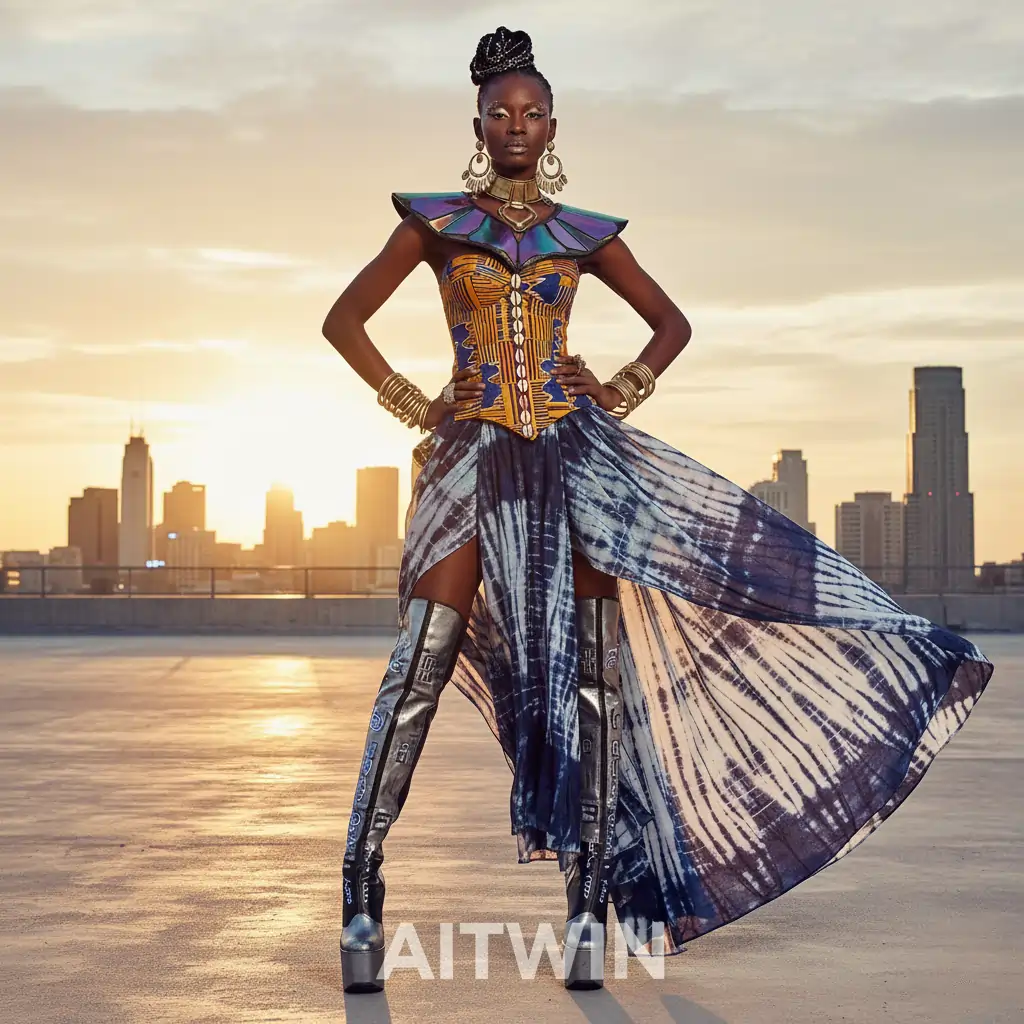
Virtual Influencers embody one of the biggest transformations in influencer marketing for decades. Their ability to scale content generation, control brand messaging perfectly, and engage audiences without fatigue positions them as critical tools for marketers.
Shudu’s controversies spotlight the urgency for clear ethical guidelines about digital personas’ cultural and racial representations, authenticity, and impact on audiences.
Shudu Gram’s Impact vs Traditional Models
| Parameter | Traditional Human Model | Shudu Gram (Digital Supermodel) |
|---|---|---|
| Existence | Real person | CGI, 3D digital creation |
| Brand Collaboration | Standard campaigns | Iconic luxury brands (Fenty, Balmain, LV) |
| Production Speed | Days/weeks photoshoots | Days per image with digital tweaks |
| Environmental Impact | High (travel, physical sets) | Low (digital only) |
| Diversity Representation | Direct lived experience | Virtual portrayal, cultural debate |
| Audience Perception | Known authenticity | Confusion then clarity (some regard as fake) |
| Job Market Impact | Direct employment | Potential indirect displacement fears |
| Creative Control | Model & photographer coordination | Full creative control by creator |
🎗Boost Your AI Influencer Game with Sugarlab

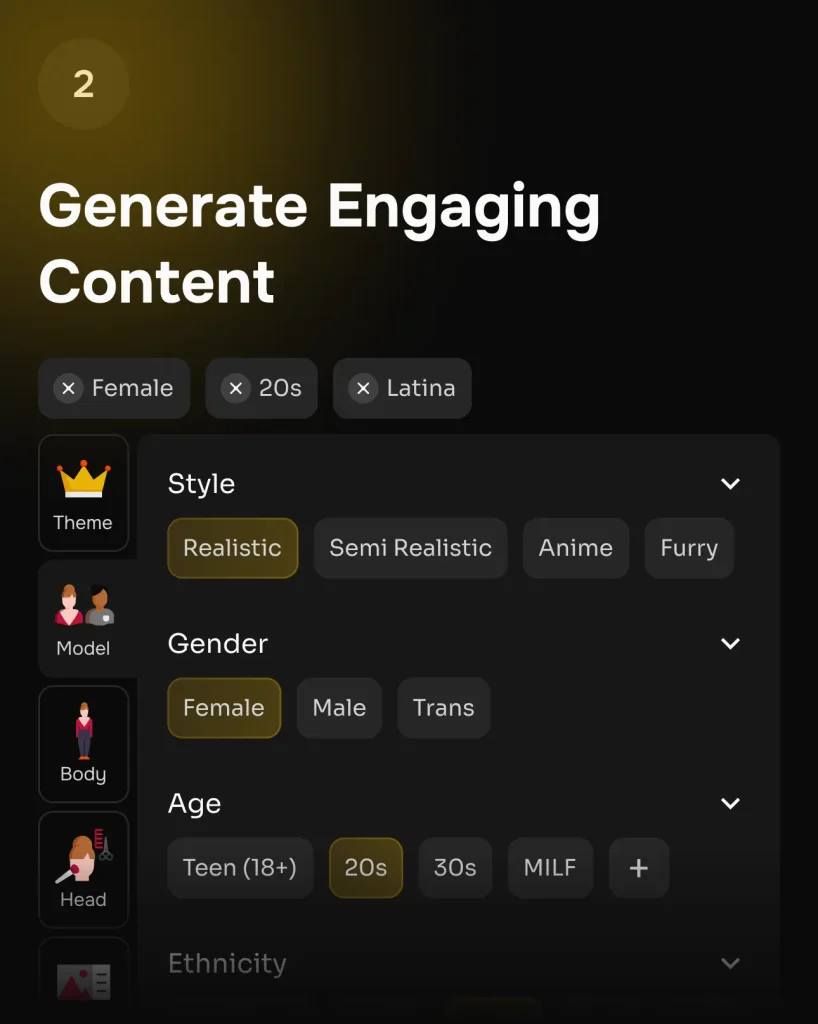

If Shudu Gram’s digital journey inspired thoughts on creating your own AI influencer, Sugarlab is the cutting-edge platform to bring those visions to life.
Customise every detail — from skin tone, hair, and vibe to seductive videos and dynamic AI voices — without needing a tech degree.
Sugarlab’s AI influencer generator lets creators crank out hyper-realistic visuals and videos, tailored for sites like OnlyFans, Fanvue, or Instagram.
It’s perfect for adult content creators or brands looking to dominate niche spaces with bold digital personas.
The built-in tools handle everything from image consistency to captivating caption crafting, making content scheduling a breeze.
Ready to launch your AI empire? Claim your special deal now:
Final Analysis
Shudu Gram’s story marks a milestone in digital creativity and influencer culture.
She embodies both the thrills and pitfalls of AI-powered personas — an artistic marvel that raised tough questions on race, representation, and authenticity in a tech-obsessed world.
The future is pixel-perfect but demands responsible creation, respect for culture, and clear communication.
Shudu opened that dialogue and the game is on for all digital dreamers ready to rewrite influencer rules with AI flair.

